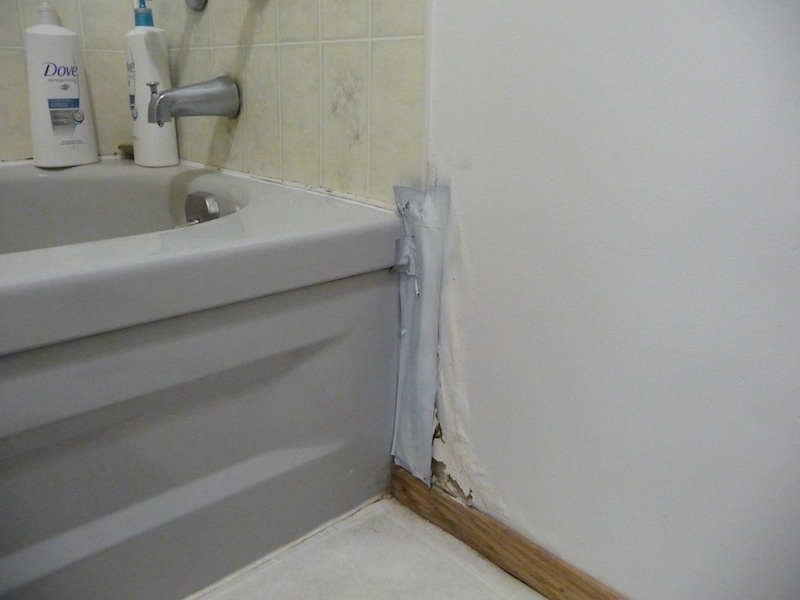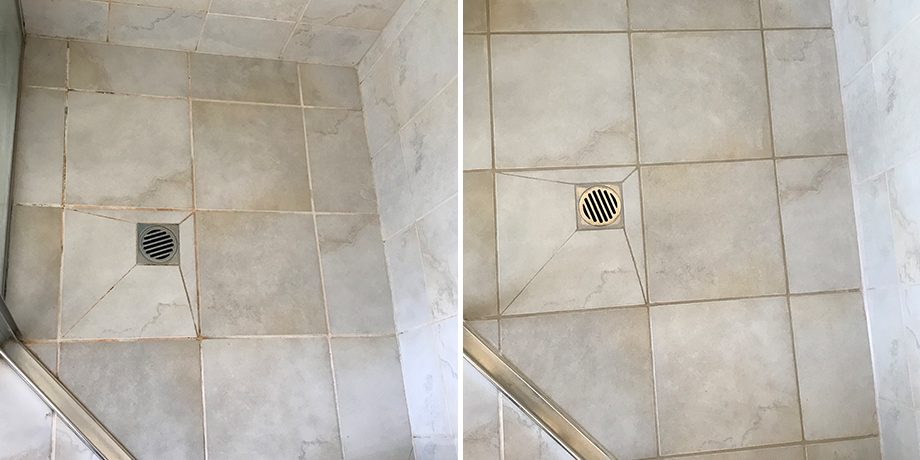Right here below you can locate a lot of reliable additional info concerning Preventing Water Damage in the Bathroom.

The restroom is incredibly susceptible for moist accumulation and prospective water damage due to the frequent use of water in it. This write-up supplies straightforward examination methods to assist spotting water damage hazards.
The constant use water in the washroom makes it exceptionally at risk for damp build-up and potential water damages. By checking it frequently, you can decrease water related problems.
The adhering to collection of examinations is simple to carry out and need to be done as soon as in every three months in order to keep your washroom healthy and to prevent possible water damages caused by the bath tub, the shower, pipe joints and also plumbing, sinks, cupboards, and the commode
Do not overlook performing these examinations as well as be comprehensive while executing them. Bear in mind that these easy examinations can conserve you a lot of money by giving very early indications for water damages
Sinks and Cabinets
Sinks and also cupboards are exposed to dampness and moisture everyday and also are typically overlooked. Examine consistently under the sink as well as on the counter top above it. Fix any type of drip in the trap as it might suggest drainpipe issues. Look around the sink, slow-moving draining pipes might show an obstructed drain. Change sink seals if they are broken or loosened.
Tub and Shower
The shower as well as bathtub call for special focus as well as upkeep. Inspect the floor tiles and replace if cracked. Make sure that there is no missing out on cement in between the ceramic tiles. Check as well as replace cracked caulking at joints where the wall surfaces fulfill the flooring or the bathtub. Obstructed drains pipes as well as pipes problems will protect against the bath tub from drying out as well as may indicate significant troubles underneath the bath tub. Talk to a professional instantly to avoid architectural damage. Take note of stainings or soft locations around the bathtub walls as they might show an internal leak.
Plumbing
Signs for water damages are difficult to identify because a lot of pipelines are set up inside the wall surfaces.
Pay unique attention to floor covering and also walls wetness and also stains as they may show an undetectable plumbing problem. Examine moisture degrees in adjacent spaces too.
The Bathroom
The bathroom is a vulnerable water junction. Examine the water lines and also search for leakages around the toilet seat, in the tube, and under the water container. If you spot any kind of signs of wetness on the floor around the bathroom, look for leaks in the toilet edge as well as container seals.
Be aware that hanging bathroom dish deodorants boosts the opportunities for clogs.
How to Prevent Water Damage in Your Bathroom?
Water damage repair is an expensive, meticulous, and lengthy process. Unfortunately, bathrooms are the most susceptible rooms to water damage due to toilets, showers, and sinks. Pipes and fixtures wear out over time and are not immune to damage. But all is not lost, as there are ways to prevent water damage from occurring in your bathroom.
Check Your Plumbing
Nothing lasts forever, especially pipes, which can rust and begin leaking over time. You should periodically conduct pipe inspections and pay attention for any musty smells or water stains that may indicate you need water damage repair. Here are some things to check:
Frequently test valves for your toilet, shower, and sink to ensure they are properly working. Check faucet supply lines hidden under vanities and replace when needed. Replace cracked or deteriorating caulking along sinks, tubs, and showers. If you notice a clog in your sink, call in a professional. Since you can’t check the pipes in the wall, keep an eye out for stains, drywall bubbling, musty smells, and excess moisture; if the bathroom is on a second level, check the ceiling of the room directly below for these signs. Don’t Overwork Your Toilet
One of the most common reasons bathrooms need water damage repair is due to overflowing toilets. Save yourself the hassle of cleanup by being mindful and not pushing your toilet to extreme limits. If you have young children, it is especially important to keep an eye on them when they are in the bathroom and to teach them how to avoid clogging the toilet. Here are some more tips to help prevent your toilet from overflowing:
If you have a septic tank, only use septic-safe toilet paper Do not flush anything down the toilet besides toilet paper; items like diapers and sanitary napkins will clog the piping Pay attention to your toilet’s water level: If it’s low, it could mean it is partially clogged or that there is a crack in the toilet bowl Maintain Your Shower/Tub
Replace showers or tubs with cracks or other damage; even hairline cracks can allow water to seep in and cause damage. Grout and caulk help prevent water from seeping into walls and floors, so repair them if they are chipped, cracked, or deteriorating. Replace torn shower curtains or shower doors with seals that no longer work. Dry the floor and drain water from the tub immediately after use to prevent damage from sitting water. https://www.alure.com/home-improvements-blog/resources/how-to-prevent-water-damage-in-your-bathroom

I stumbled upon that review on How to Fix a Water Damage Bathroom when browsing on the internet. Don't hesitate to take the time to promote this blog post if you appreciated it. We truly appreciate reading our article about How to Repair and Prevent Bathroom Water Damage.
Schedule Service Now